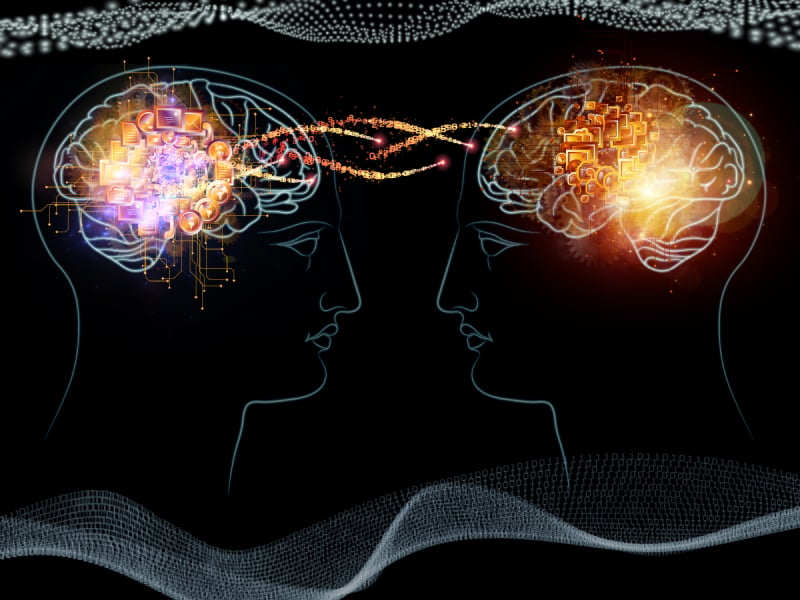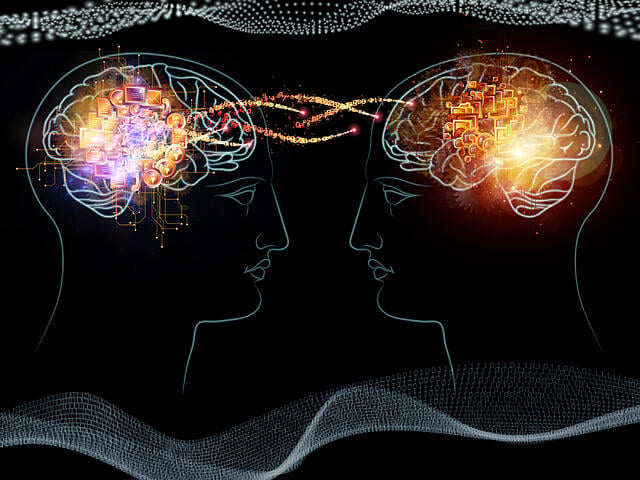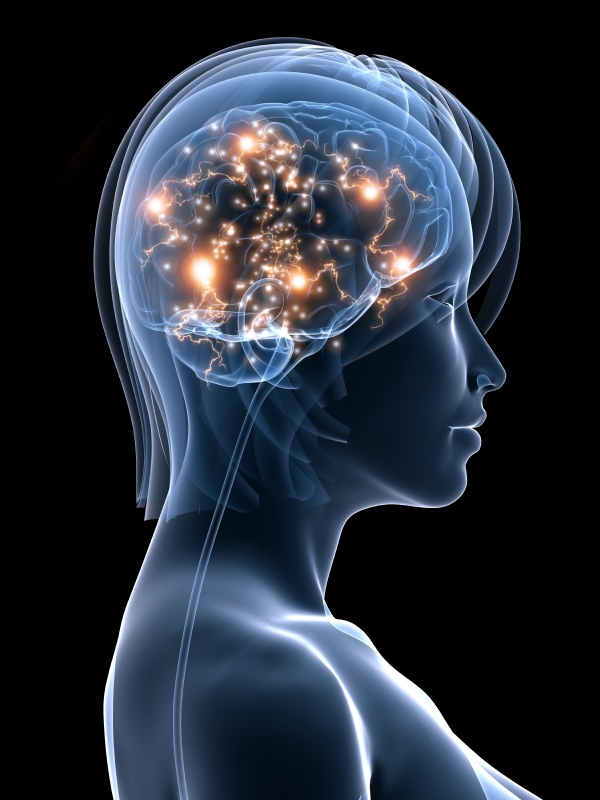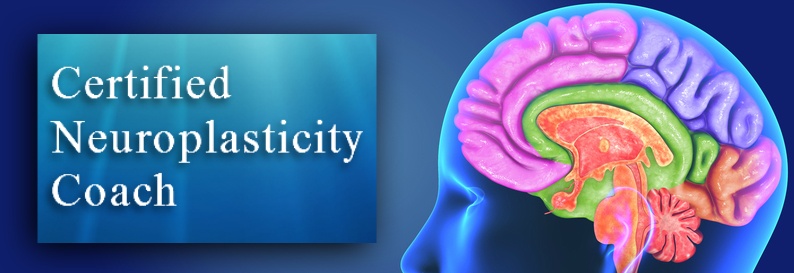Coaching with Neuroplasticity Exercises: 9 Fascinating Facts


The Certified Neuroscience Coach Program includes the upcoming Coaching with Neuroscience, Science of Goals and Achievement, and Neuroscience Tools and Practices courses, among others, which together will prepare you to be an effective and successful neuroscience coach.
Because coaches are not scientists, but rather personal change agents, we focus less on complex anatomy and chemistry and more on how human systems communicate within, without, and between our clients and ourselves. So we can influence our clients to grow, transform, transcend, and reach amazing goals. We're not just science-based, we're science-integrated.
When we talk about coaching and neuroscience, we're really talking about the applied science of positive neuroplasticity and how to use neuroplasticity exercises to create lasting transformation for coaching clients.
Neuroplasticity is perhaps the most ground-breaking and revolutionary finding in modern neuroscience. It helps explain why and how people can make real changes in their lives and it makes sense of the many surprising findings coming to us from positive psychology researchers. As such, it's virtually a required topic of understanding for every professional coach.
Here are nine fascinating facts about coaching with neuroplasticity exercises:
- Your brain is constantly rewiring itself. Not only does it change from one day to the next, it changes from one moment to the next. The brain you go to sleep with tonight will literally be different from the brain you woke up with this morning. This creates opportunities to rewire the brain for greater resilience and resourcefulness, which is the top focus for brain-based coaching.
- Coaching changes the brain positively. The brain-states and physical being-states, experienced by your clients during coaching, make temporary changes in the clients' neural nets. A neural net is a group of neurons that are wired together. These changes, when experienced repeatedly within and without coaching, become sustainable and relatively permanent. Coaches have an opportunity to, with their clients' permission and participation, shift clients to the states most conducive to well-being and resourcefulness, leading to greater success in virtually every realm: interpersonal, emotional, cognitive, and physiological. Clients literally become happier, more successful, and even healthier, as a result.
- The "mind-body split" is simply wrong. The philosopher, Descartes, theorized some 300 years ago that mind and body were made of different stuff. Traditionally, science and medicine have embraced this notion and, although they've made many incredible discoveries since, it turns out the mind and body are intimately connected via chemicals, physical structures and electricity. Ultimately they are one and coaching with neuroscience acknowledges and integrates that.
- Insights, also known as "Aha" moments, are moments of sudden change in the brain. When new information is integrated, or old information is finally bridged, neural chemicals are released that feel good and often cause the client to light up or giggle. Some insights are peak experiences that help create lasting change for our clients. Others are less powerful, but can be strengthened for greater sustainability. It's extremely important for coaches to understand how to handle these moments so full integration occurs. Otherwise, insights evaporate like forgotten dreams and offer little benefit to our clients.
- Stuck clients are caught in neural loops. The old saying in neuroplasticity, that "neurons that fire together, wire together" offers both the good and bad news of brain science. When a coaching client is stuck, he thinks over and over about a problem without finding a solution. Each time he does so, he strengthens the neural connections around the problem, making it seem increasingly impossible to solve. It's like riding a bicycle on a muddy path each day. Eventually a rut will form that is so deep it's almost impossible to ride the bike anywhere but in the ever-deepening rut. Skillful coaches can instantly pull clients out of their ruts and refocus them on solution-producing thoughts.
- The human brain is naturally negative. This probably had survival value in the past, but causes toxic stress and other problems in the modern world. The good news is that the brain can be trained to think more positively and that can become a positive habit over time. Indulging in negative thinking is a form of brain abuse that scientists call "rumination", because it's rather like a cow chewing its cud. Rumination is highly correlated with depression and anxiety, but even in emotionally healthy clients, learning more resourceful ways to think can be life-changing.
- The brain communicates with structures and organs in the face, neck, and torso via the vagus nerve. The vagus is probably what you're feeling when you experience strong emotions in your body. Interestingly, the gut and heart both contain so many neurons of their own that they are sometimes referred to as the 2nd and 3rd brains and they "talk" as much or more to the brain than it talks to them. When you know something in your heart or feel it in your gut, you're experiencing something real.
- Oxytocin, a.k.a. the "love hormone", works with the vagus nerve to create a sense of bonding between parents and children, partners, and others. Oxytocin does have it's down side, but increasing it during coaching, via specific behaviors, creates trust and regard that are fundamental to successful coaching sessions.
- The mind isn't created by the brain, but rather appears to be the outcome of a variety of internal, and interpersonal, systems. In fact, given the power of neuroplasticity, it may be more accurate to say the mind creates the brain. Through neuroplasticity exercises, we can assist clients to use their minds to change their brains, and other systems, such as the heart and gut, in ways that help them integrate, grow, and transform their lives and themselves.
- Close your eyes and focus on your breath for a minute or two. It's ideal if you inhale for about 5 seconds and exhale for the same length, but don't worry about this or time yourself. Allow it to happen with a relatively relaxed, unthinking mind.
- Now find something good, no matter how small, that happened today or yesterday. Allow yourself to feel good about this thing or event. Let it sink in. Savor it.
- Now associate your five senses with this good thing. How does it look? How does it sound? How does it taste, smell, and most of all, feel? These questions may not seem logical, but play with them a bit.
- Next, ask yourself what this event or thing means to you and why does it matter? Do you associate it with any of your values or strengths?
- Last, what part did you play in the occurrence? Take a moment to be grateful to and acknowledge yourself and everyone connected.
- Now imagine this wonderfully layered experience of your positive event sinking into every cell in your body. Enjoy it. You may even want to revisit it again several times and/or do this exercise with other experiences. Over time, they will help you experience greater joy, pleasure and gratitude.



